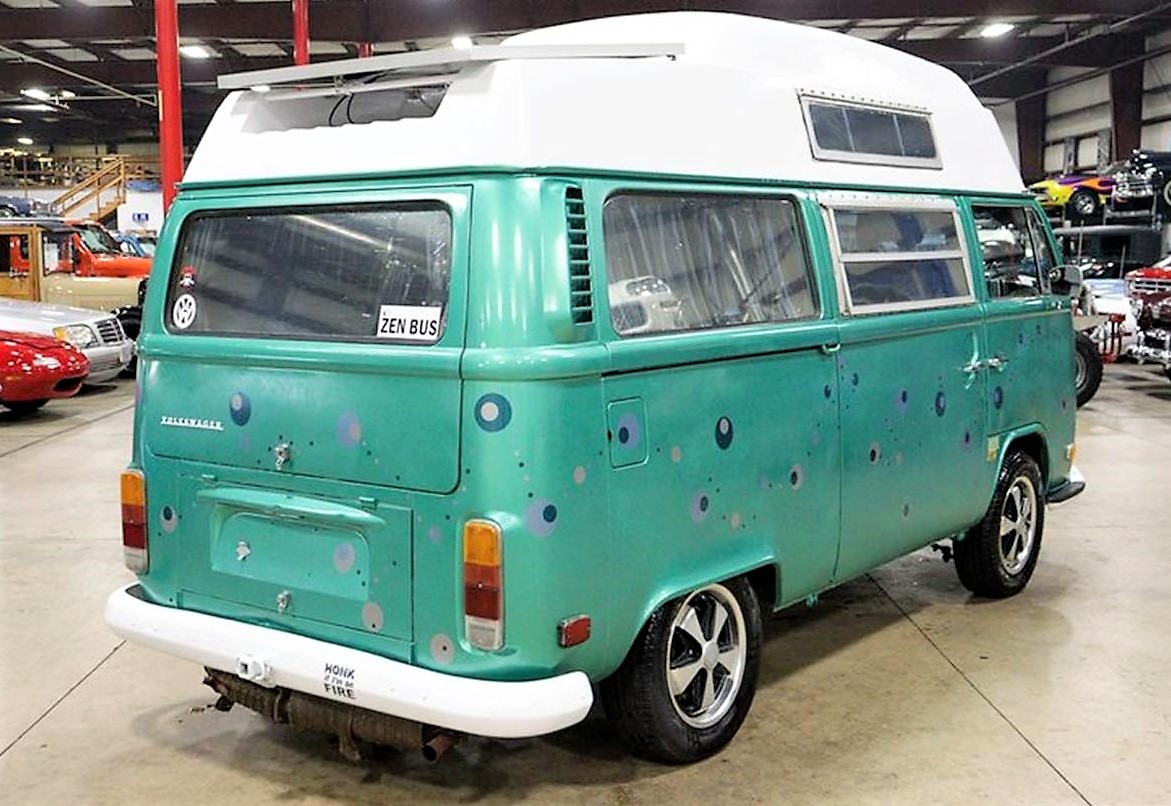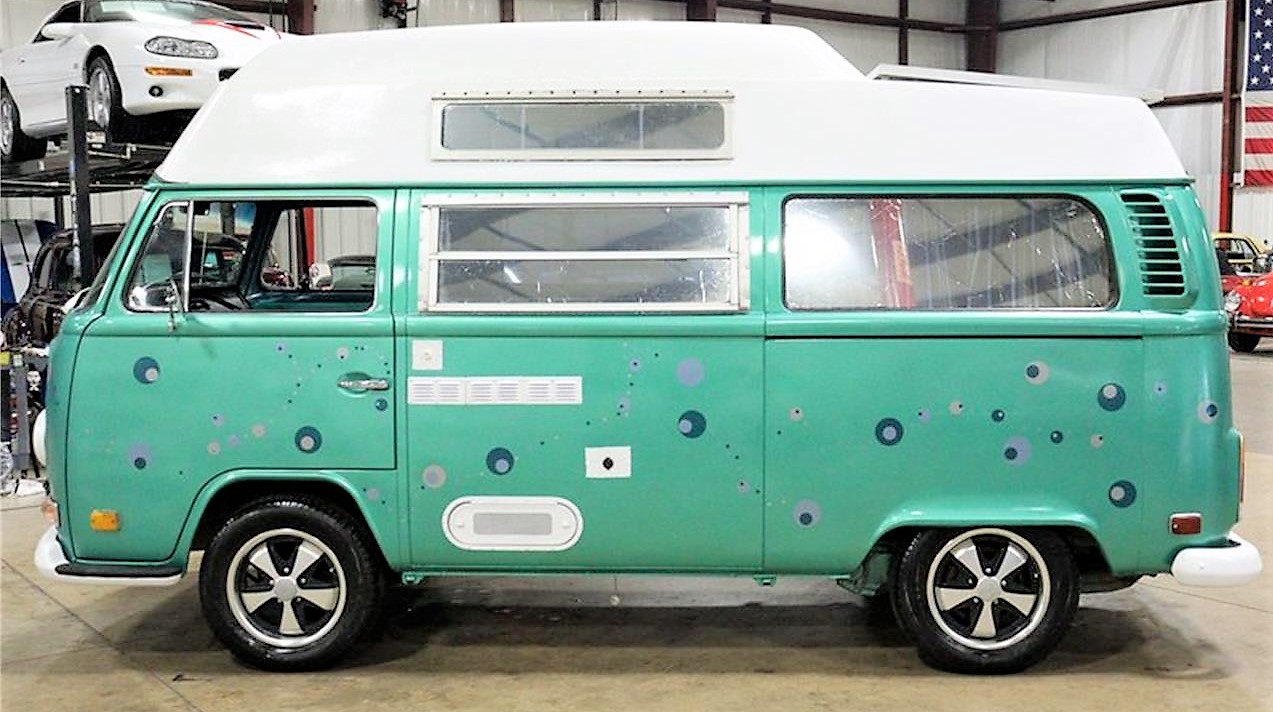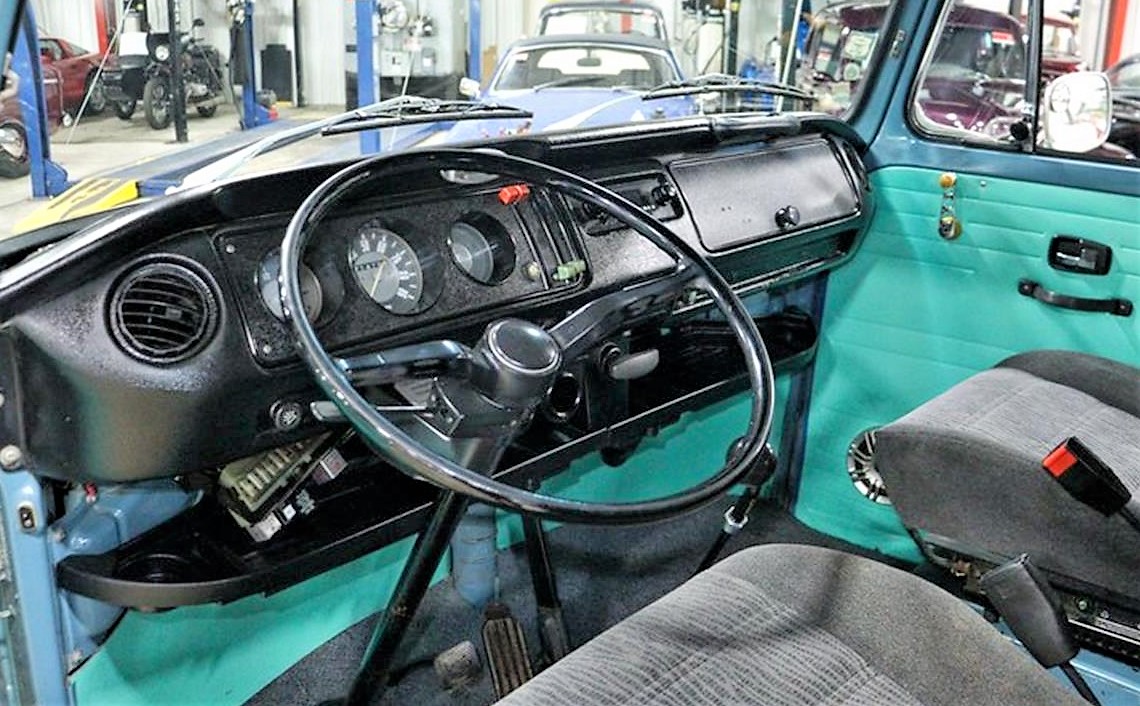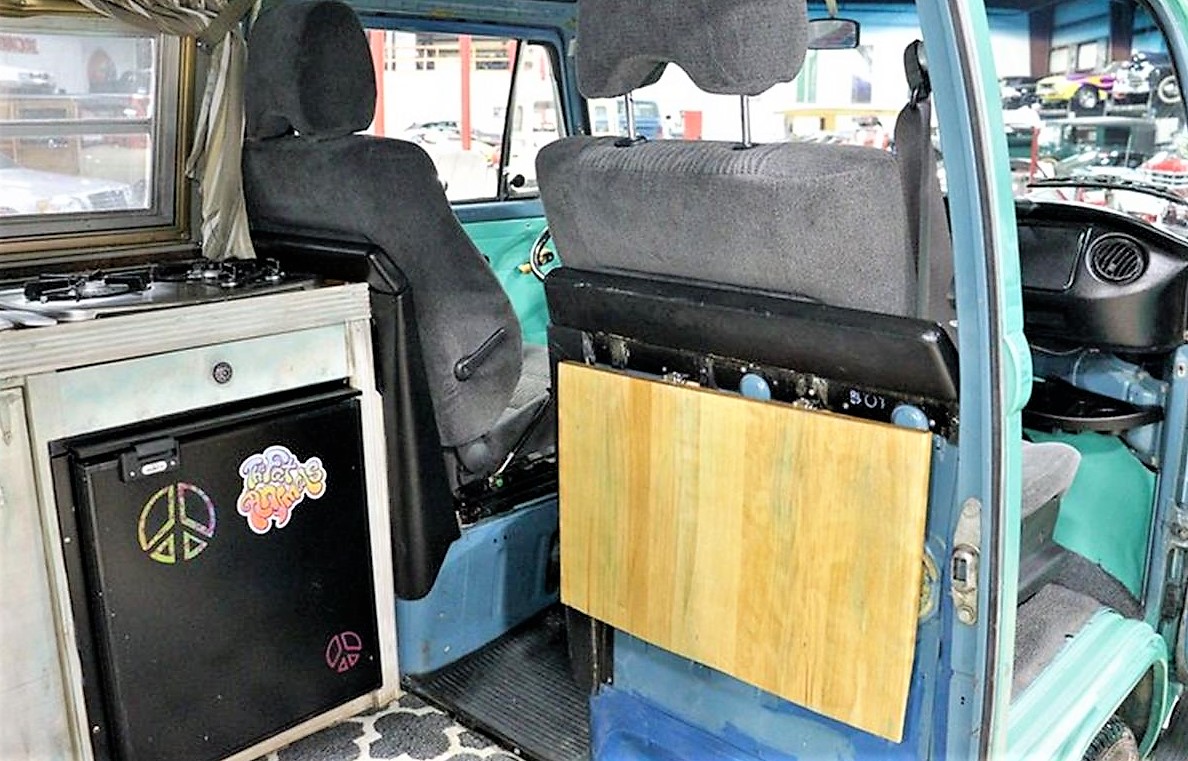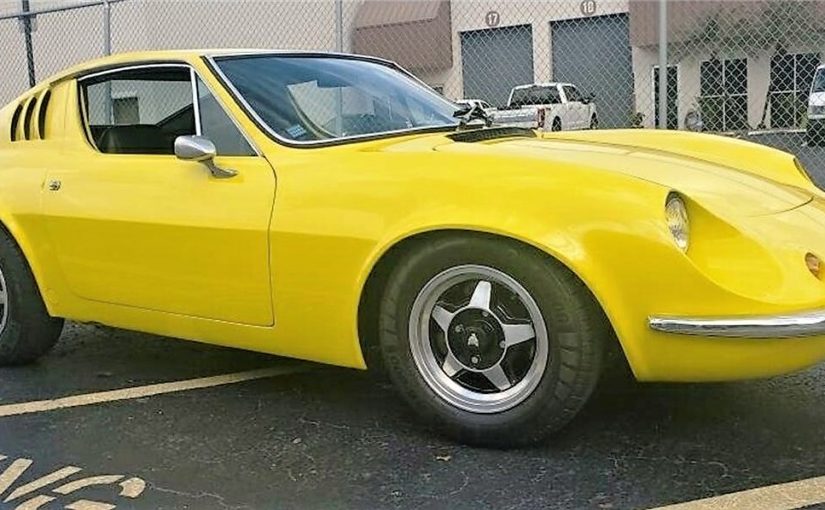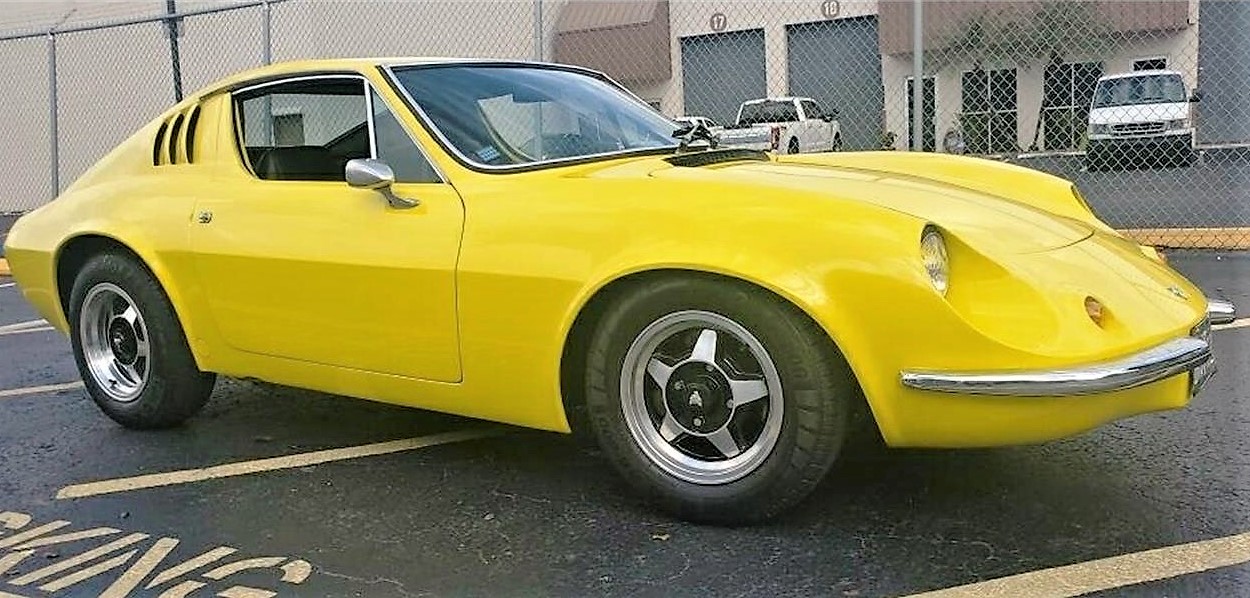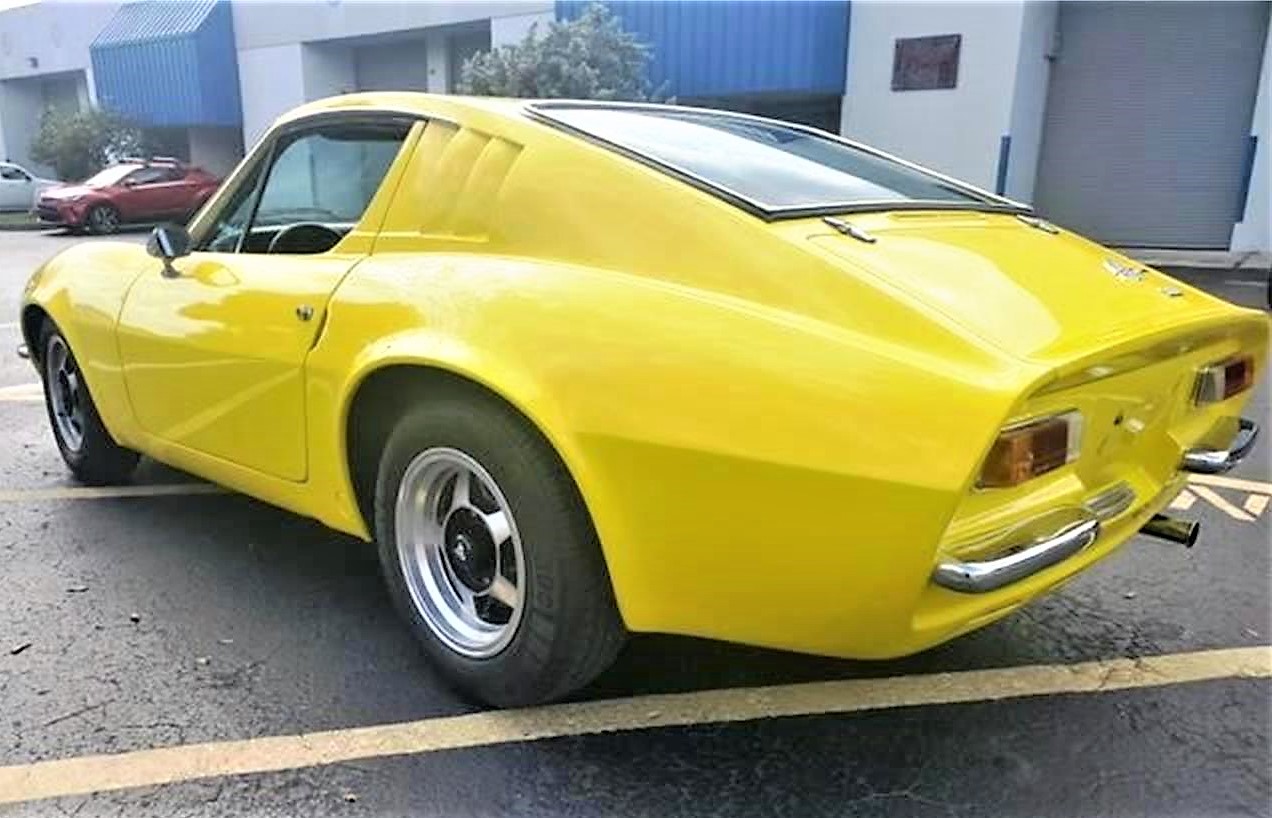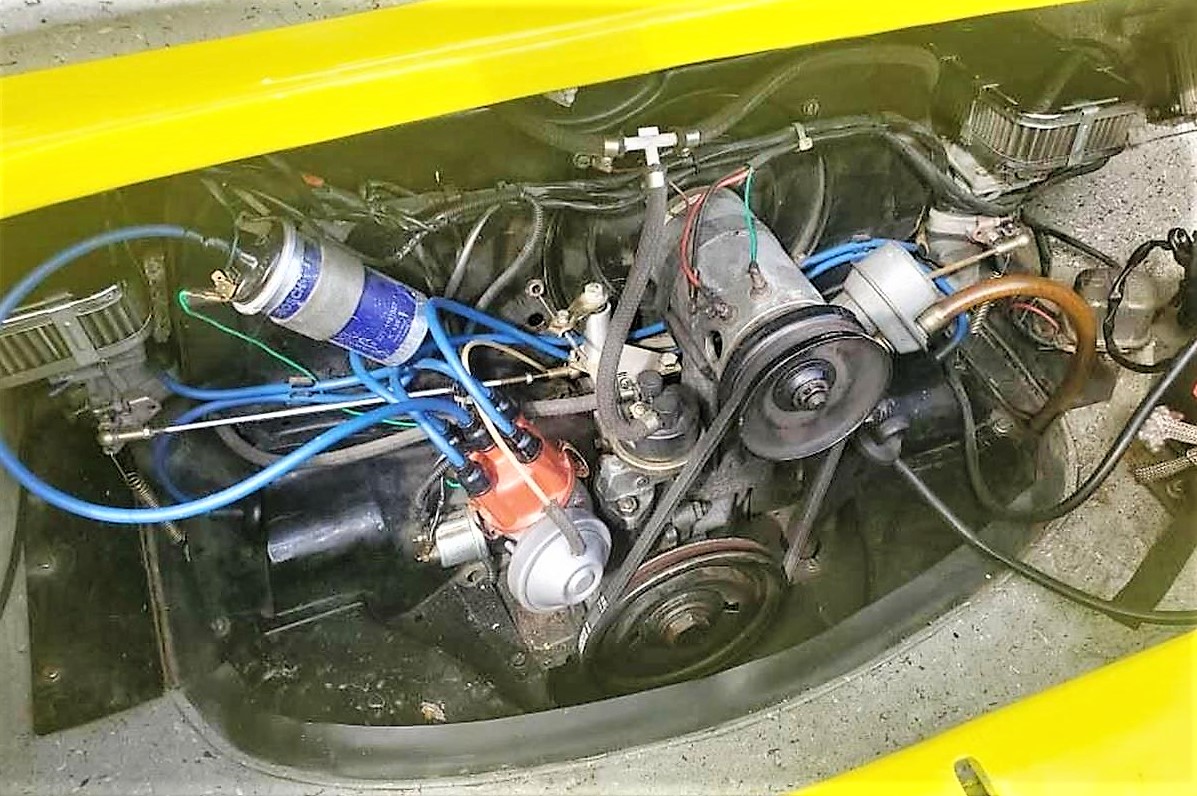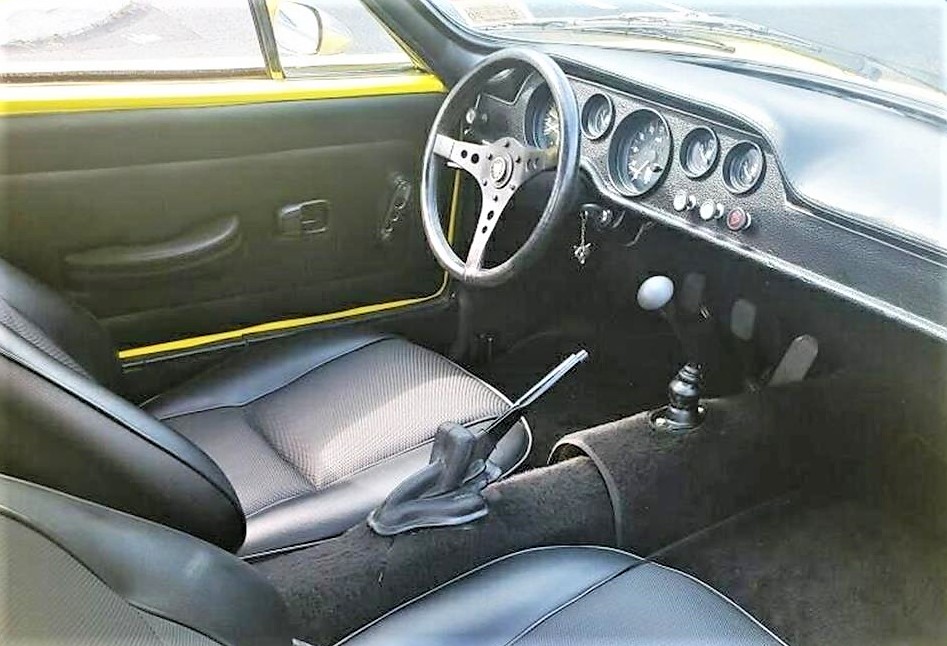In that video, as a way to better understand Candylab’s design and production process, I had an idea to propose a new car for them to build: a toy based on mid-century old buses like the Volkswagen Type 2 bus, or, really, any number of other similar mid-century one-box buses of that era, like the Palten or buses made by Mercedes-Benz or DKW, or Fiat or any number of others.
Of course, the VW is the one you’re most likely to think of, but just in case VW’s lawyers are reading this, it really could be any of those buses and trucks, you know?
Now, I didn’t want just any toy bus, I wanted it to have a bit more going on, a little something surprising to make it more fun. That’s why I thought it would be cool to make it a sort of three-in-one design: the basic toy would be a single-cab pickup, but you could pop on a little magnetic module to transform it into a bus or van, and another little magnetic bit could pop on to make it a camper, with a pop-top.
G/O Media may get a commission
I drew it on the whiteboard, and the Candylab team got it immediately; they’ve been using magnets for little stick-on surfboards to go on station wagons, so the process was well understood.
Advertisement
From there, Candylab’s talented designers began to make the idea real, modeling it in a 3D program and then making some quick 3D prints to test the concept, which is what’s happening in the machine behind me as I seemingly pet a phantom hamster, delightedly:
Advertisement
After some discussion of details of how to do lighting and wheels, and then passing things off to the pros to figure out all the complexities of manufacturing and all that, we can fast forward to now because the damn thing is real.
Advertisement
It’s real, and it’s just as I imagined it, even better, if I’m honest. A bus, single-cab pickup, and camper, all in one box! It’s just what I was imagining!
Advertisement
I’ve had lots of ideas over the years on this site, and some of them have even ended up in reality, even if I never benefited from that in any way, beyond being referenced in a lawsuit. This time, though, an idea has become reality, and I’m actually involved, and I’m pretty thrilled.
Advertisement
What former kid hasn’t wanted to be a maker of toys? I know I had all sorts of ideas about it as a kid, and I’ve made weird little toys for my kid over the years. But this is, of course, a lot bigger.
So, yes, this post is self-serving, but I’m excited. I’m pleased a silly idea I had that I scrawled on a whiteboard came all this way to become a physical object in our reality—a physical object that can, I hope, bring some manner of happiness to car-obsessed kids wherever they are, and, sure, those car-obsessed former kids as well.
Advertisement
If you want to buy one, you can, right here! If not, I’ll still think you’re great, no worries.

